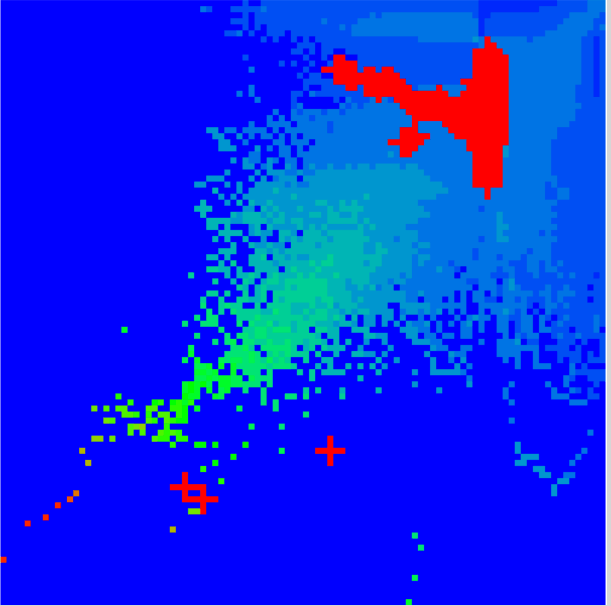EPJ B Highlight - Is the Bitcoin network an oligarchy?
- Details
- Published on 26 June 2018

New study of Bitcoin transactions reveals hidden owner communities and a high-concentration of wealth distributed between a few people
Cryptocurrencies like Bitcoin can be analysed because every transaction is traceable. This means that they are an attractive system for physicists to study. In a paper published in EPJ B, Leonardo Ermann from the National Commission for Atomic Energy in Buenos Aires, Argentina, and colleagues from the University of Toulouse, France, have examined the structure of the Bitcoin-owner community by looking at the transactions of this cryptocurrency between 2009 and 2013. The team’s findings reveal that Bitcoin owners are close to an oligarchy with hidden communities whose members are highly interconnected. This research has implications for our understanding of these emerging cryptocurrency communities in our society - as usual bank transactions are typically deeply hidden from the public eye. They could also be helpful to computer scientists, economists and politicians who could better understand handle them.
As part of their study, the authors construct a blueprint of this network - the so-called Google matrix. It helps them calculate key characteristics of the network, such as PageRank - known for underlining the Google search engine - which highlights the influence of ingoing transactions between individual Bitcoin owners. The author also rely on CheiRank, which highlights the influence of outgoing transactions between owners.
Based on such data, they identify an unusual circle-type structure within the range of transactions between Bitcoins owners. Until now, such a structure has never been reported for real networks. This means that there are hidden communities of nodes linking the currency owners through a long series of transactions.
Based on another characteristic of the network of transactions, the authors have also found that the main portion of the network's wealth is distributed between a small fraction of users.
L. Ermann, K. M. Frahm and D. L. Shepelyansky (2018),
Google matrix of Bitcoin network,
European Physical Journal B 91:127, DOI: 10.1140/epjb/e2018-80674-y





